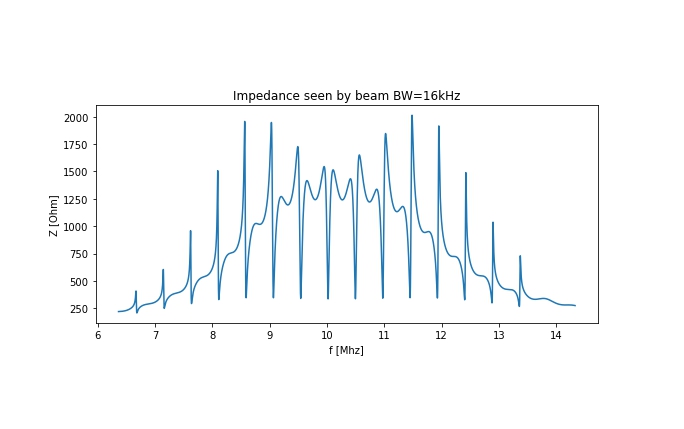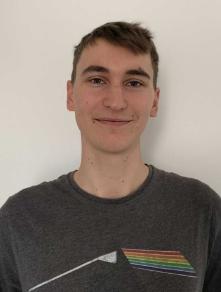ESPRC internship shines within the Quasar Group

In the summer of 2021, the QUASAR Group welcomed Filip Peczek, a second-year student as a summer intern under the EPSRC summer internship scheme. A project was devised in collaboration with our colleagues at CERN designed to be accessible to an undergraduate student whilst allowing deeper understanding of concepts in their undergraduate program as well as expanding it into new areas.
The project titled “Modelling of the beam cavity interaction in the CERN PS” aimed to model the impedance seen by the beam in the CERN Proton Synchrotron (PS). The goals of the project were to use well understood formula for loop gain within a feedback system in order to understand the expected improvement in moving from a periodic filter to one which can have its phase tuned (so called multiharmonic feedback (MHFB)). Secondly there was a rather ambitious goal to model the system so that the time and frequency domain response of the system could be analysed and understood.
 Initial scripts devised by Filip developed his programming skills considerably and allowed him to learn the fundamental ideas behind feedback systems in the more general sense. This led to him developing a model and understanding the significance of the loop gain as well as understanding what features can result in instability of a system. Through the analysis Filip identified that in the current system, it is harmonics outside the area of interest which limit the systems stability, and addressing these leads to improvements in stability. Filip also modelled the cavity, amplifiers and feedback bands as resonator circuits and through addition of MHFB modules, a significant improvement of the cavity impedance was demonstrated.
Initial scripts devised by Filip developed his programming skills considerably and allowed him to learn the fundamental ideas behind feedback systems in the more general sense. This led to him developing a model and understanding the significance of the loop gain as well as understanding what features can result in instability of a system. Through the analysis Filip identified that in the current system, it is harmonics outside the area of interest which limit the systems stability, and addressing these leads to improvements in stability. Filip also modelled the cavity, amplifiers and feedback bands as resonator circuits and through addition of MHFB modules, a significant improvement of the cavity impedance was demonstrated.
Throughout this internship Filip worked closely with our colleagues at CERN and held regular meetings with them to assess progress and ask for advice on the status of the system. Overall, our CERN colleagues were very impressed by the clear demonstration of the applicability of MHFB to the main RF cavities of the PS. This work suggested that the MHFB is the road forward for the main cavities of the PS. They also expressed a keen interest in working with Filip again through the CERN summer program in 2022 or as a technical student.
When asked about is experience with his QUASAR Group internship Filip stated “The internship gave me remarkable insight into accelerator physics along with a chance to develop my research-wise skills. I greatly enjoyed it and I would recommend it to anyone who wants to try studies in this field themselves.”
Overall the studentship allowed Filip to develop a deeper understanding of some of the core parts of his physics course in a really applied setting. In addition, it allowed him to look into areas more akin to RF engineering which applied his physics knowledge to a real-world problem. The experience of working with colleagues at CERN should provide Filip with a strong basis if he wishes to continue in research. The results of the work will be written up in the form of a conference proceeding.
The Quasar Group regularly offers internship positions for students wishing to gain a deeper understanding across most areas of accelerator physics, for any enquiries we welcome emails sent to ayesha.kamarudin@cockcroft.ac.uk and look forward to hearing from you.